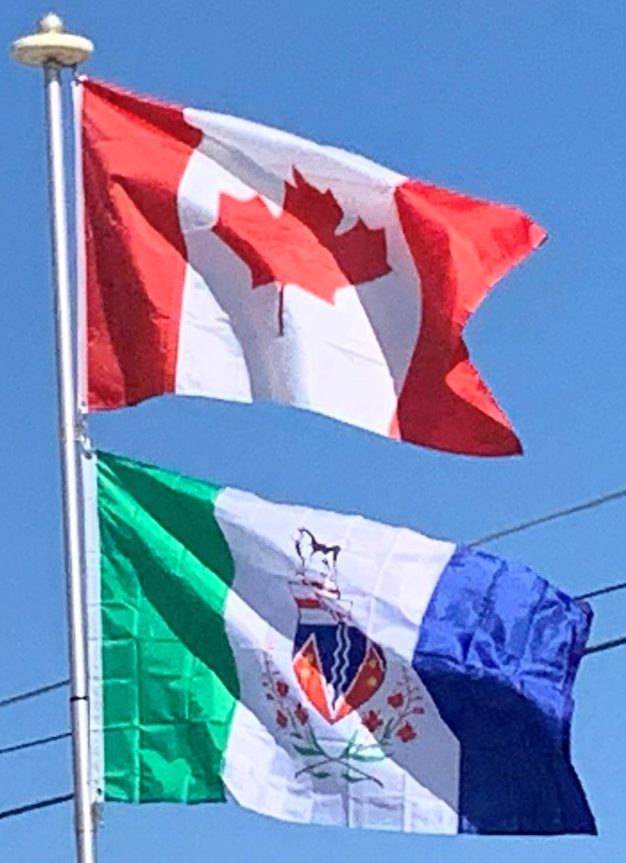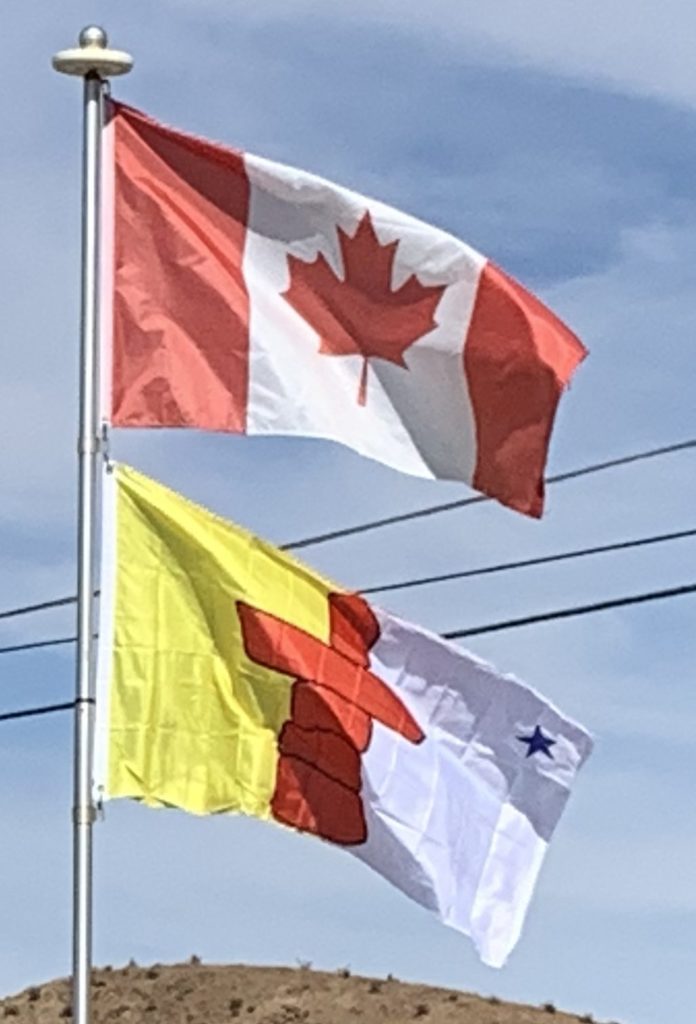Yukon
The flag of Yukon was officially adopted on March 1, 1968. The flag was chosen from a territory-wide competition as part of Canada’s Centennial celebrations of 1967. The competition was sponsored by the Whitehorse branch of the Royal Canadian Legion. A C$100 prize was offered to the winning design. There were a total of 137 submissions with the winning design coming from Yukon College graduate Lynn Lambert. Lambert submitted 10 designs of which one made the final three designs as selected by a committee, with his eventually being named the winner. A prototype design was sent to Ottawa for suitable heraldic description. An expert in Ottawa sent back an amended version of the submitted flag design. The committee in Whitehorse however kept with the original design. The flag was adopted by the ‘Flag Act’ on December 1, 1967.

